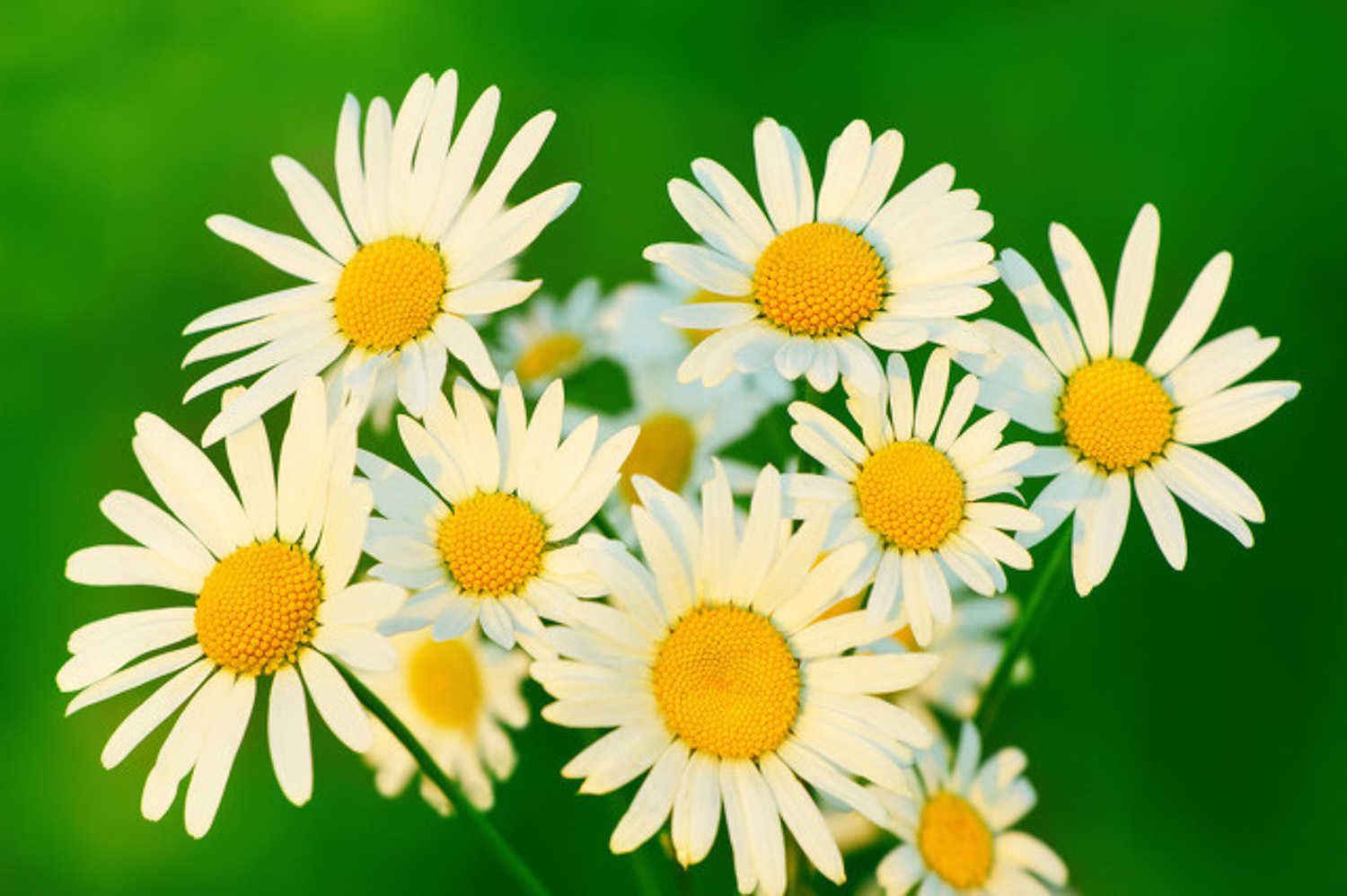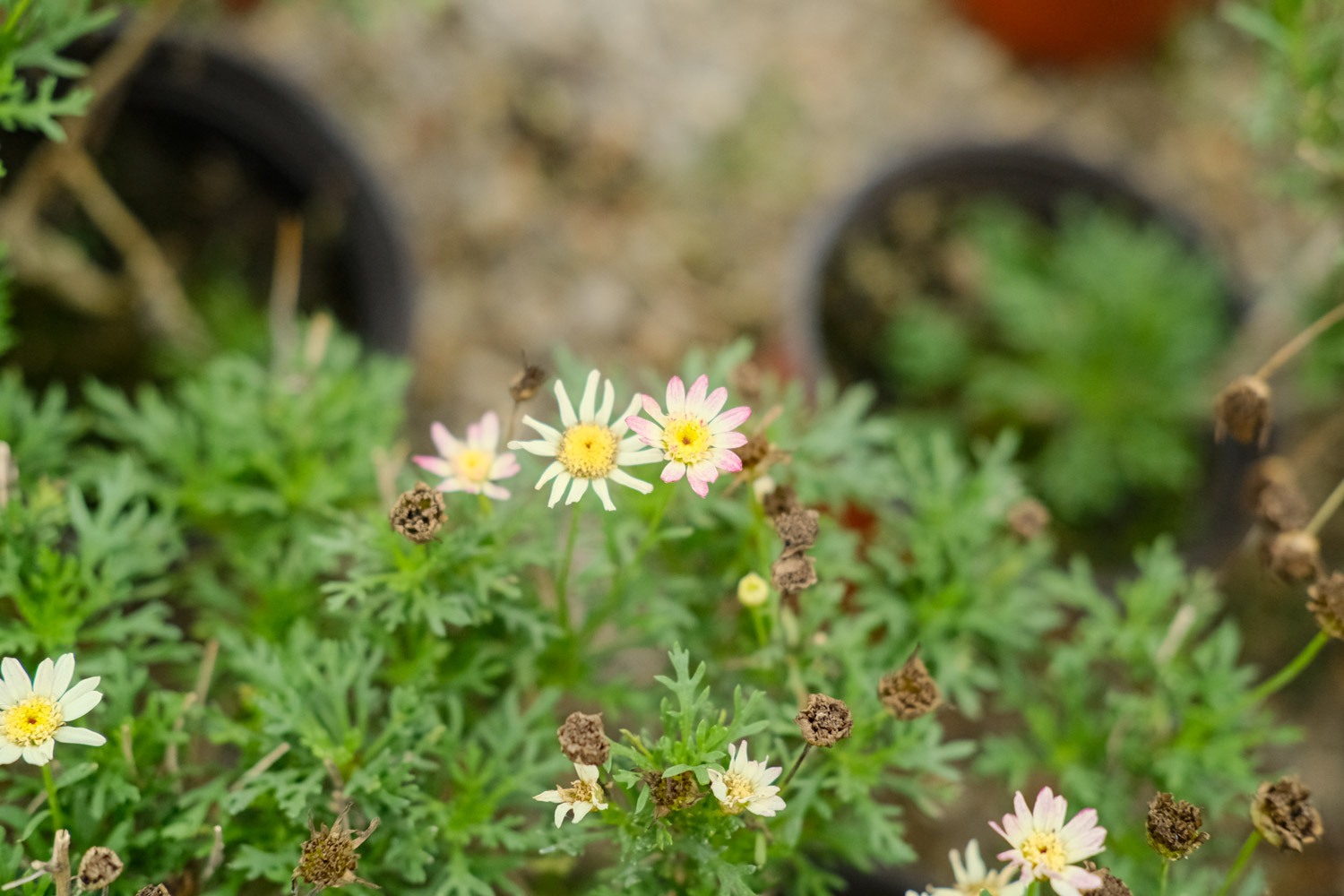1、 Breeding environment
1. Soil: it is best to use loose and sandy soil with good drainage, and acidic soil is the best
2. Watering: timely watering in dry weather and timely drainage in rainy season; Sufficient water should be ensured before and after bud pregnancy, and the soil should not be too dry or too wet; If ponding occurs due to large amount of watering, drainage measures shall be taken in time to avoid rotten roots
3. Fertilization: ensure sufficient nutrients during growth, mainly nitrogen fertilizer, supplemented by phosphorus and potassium fertilizer. This can make the branches of chrysanthemum more robust. It is necessary to water properly after fertilization
4. Light: give it about 12 hours of light every day, but don't let it be exposed to strong sunlight, otherwise it may shorten its flowering period

2、 Breeding method
1. Cutting propagation: insert the cuttings into the pot soil, compact the soil, water appropriately after cutting, and keep the flower soil moist. It is best to put the flower pot indoors during the day to avoid being exposed to strong light
2. Root division propagation: dig up the mother plant, select the chrysanthemum seedlings with many roots, take them down and plant them, and then compact the soil and water them appropriately

3、 Common diseases and insect pests
The common diseases and pests are brown spot, powdery mildew and aphids, which are mostly caused by insufficient light, no ventilation and large temperature difference between day and night. Carbendazim and other chemicals can be used for control. At ordinary times, we should also pay attention to strengthening ventilation and giving it sufficient light


 how many times do yo...
how many times do yo... how many planted tre...
how many planted tre... how many pine trees ...
how many pine trees ... how many pecan trees...
how many pecan trees... how many plants comp...
how many plants comp... how many plants can ...
how many plants can ... how many plants and ...
how many plants and ... how many pepper plan...
how many pepper plan...





























